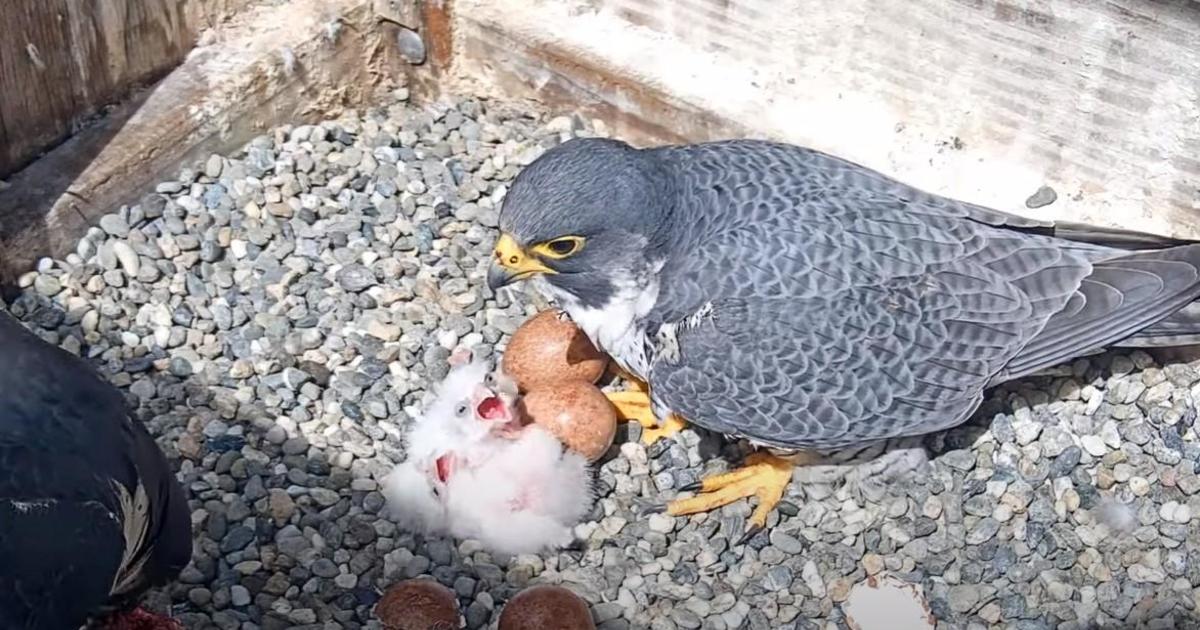Biologists Raise Concerns About Invasive Mud Snail In East Bay Creek
CLAYTON (KPIX 5) -- Four years ago, a tiny invasive species was discovered in an East Bay stream that could threaten all other animal life in the water.
The water in this creek comes from runoff from Mount Diablo, so what's growing here could only have gotten into the stream because of man.
When UC Berkeley biology researcher Emily King clambers down the steep bank of Diablo Creek in Clayton, she already knows what she's going to find. And they're not hard to see.
The tiny black dots visible on rocks and leaves and sticks are actually an invasive creature called the New Zealand mud snail.
"These get introduced to new places and they sort of take over," said King.
The mud snail is a literal freak of nature. With three sets of chromosomes instead of two. It has the ability to clone itself, meaning it would take only one snail to infect an entire stream.
The snails aren't a problem in New Zealand because tiny parasites keep their numbers down. But here, they have no natural enemies and can thrive wherever they go.
At times, King has counted up to 90,000 of the snails per square meter. And they are tough. The snails have a tiny trap door that can close up the shell like a little suit of armor.
"So if they get eaten, they seal up and they hold on and essentially wait for that fish to pass them later," said King.
The snails are harmful because they eat copious amounts of algae and can essentially crowd out other creatures and small fish by gobbling up the food supply they need to survive.
"In places in Wyoming, they're 97 percent of animals alive in the stream; this one snail," explained King.
It's not that bad here in Diablo Creek, so the researcher is studying it to see if there is some natural mechanism keeping them in check. The danger would be if they got transferred into the Delta, because they've also shown they can live in slightly salty water.
"And they're so small. This is how people miss them, So they can survive on your shoelaces if you're wearing hiking boots with laces," said King.
That's why wildlife officials are pleading with the public to carefully clean off and allow to dry for 48 hours any boots or fishing gear before transferring from one stream to another. You never know how they'll hitch a ride to their next home, and there's no way to get rid of them once they're there.
In fact, the only way to really rid this stream of the snails would be if another prolonged drought dried up the creek bed completely, but nobody's really hoping for that.




